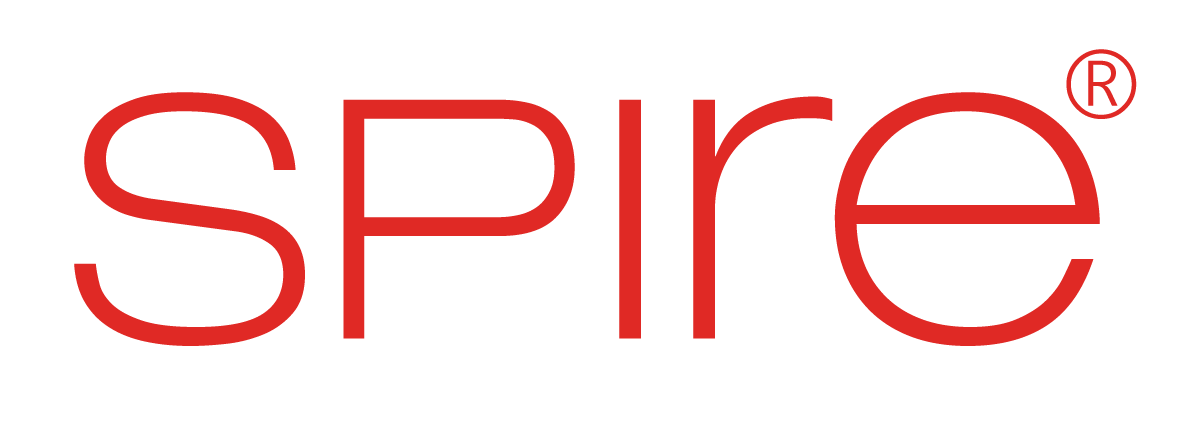Candidate Journey
Candidate Journey Definition
The candidate journey is the process a potential employee goes through from discovering a job opportunity to deciding whether to accept or decline an offer. It reflects the complete experience, from first awareness to application, interview, and onboarding. The candidate journey is shaped by the candidate’s perceptions and interactions with the employer at every stage.
Each step in the candidate journey plays a critical role in shaping the overall candidate experience. A positive journey encourages candidates to envision themselves working at the company, while a poor journey can lead to drop-offs and missed opportunities. Understanding and optimizing the candidate journey ensures a smooth and engaging hiring process.
Why Does the Candidate Journey Matter?
The candidate journey matters because it directly influences how job seekers perceive your company. By understanding this journey, you can ensure every touchpoint resonates positively. Here’s why it’s important:
- Blueprint for Engagement: Understanding the journey helps design better recruitment strategies, leading to stronger candidate engagement.
- Reduce Drop-offs: Knowing where candidates lose interest allows you to optimize the process and prevent drop-offs.
- Improved Candidate Experience: A smooth journey improves how candidates feel about your organization, even if they are not hired.
- Employer Brand Perception: How candidates perceive your hiring process affects your reputation and brand as an employer.
- Retention of Top Talent: A positive candidate journey makes it more likely that candidates will accept an offer and stay with the company.
Active vs Passive Candidate Journeys
Active candidates are actively searching for job opportunities and are highly engaged with the hiring process. They initiate contact, apply for roles, and are more likely to actively pursue the recruitment process.
On the other hand, passive candidates are not actively job hunting but may be open to new opportunities. The process for passive candidates often involves more subtle engagement, such as reaching out via networking, job referrals, or personalized offers from recruiters.
Understanding the distinction between active and passive candidates is crucial for tailoring recruitment strategies. Active candidates require a more immediate and direct approach, while passive candidates need a longer, relationship-building strategy.
How to Identify and Assess Your Candidate Journey
To assess your candidate journey, observe the following:
- Job Ad Visibility: Track how candidates discover your roles and what elements attract them.
- Career Site Usability: Evaluate the ease of use and clarity on your company’s career page.
- Social Media Impact: Measure how your social media presence shapes candidates’ perceptions of your company.
- Customer Interaction Influence: Assess how previous customer experiences impact candidates’ views of your company.
- Career Fair Engagement: Observe how candidates interact with company representatives and their overall impressions.
- Application Process Review: Ensure the online application process is user-friendly and easy to navigate.
- Pre/Post-Application Communication: Ensure timely and informative communication before and after the application.
Each touchpoint provides valuable insights into the candidate’s experience and highlights areas for improvement.
How to Optimize Your Candidate Journey
- Put the Candidate First: Prioritize candidates’ needs and experiences throughout the hiring process.
- Focus on the Pre-Application Stage: Build awareness through employer branding and targeted outreach.
- Understand Candidate Needs: Identify what candidates are looking for and tailor your approach accordingly.
- Evaluate Your Process: Apply for a role within your own organization to spot potential friction points.
- Map the Ideal Candidate Journey: Visualize and optimize each step of the candidate experience.
- Showcase Your Company Culture: Provide insights into your work environment to help candidates picture themselves on your team.
By focusing on these areas, you can create a candidate journey that feels seamless, engaging, and positive.
What Are the Candidate Journey Touchpoints?
Candidate journey touchpoints refer to the key stages and interactions candidates have with your organization throughout the recruitment process. These touchpoints typically include:
- Awareness: When candidates first learn about your company or a job opening.
- Consideration: When candidates assess whether the role fits their skills and career goals.
- Pre-Application Engagement: Reaching out to candidates before they apply via emails or social media.
- Application: The stage where candidates submit their applications.
- Post-Application Communication: Communication after the application is submitted, including interview invitations and updates.
- Interview: The phase where candidates meet recruiters or hiring managers for an in-depth discussion.
- Onboarding: Once hired, onboarding helps candidates integrate into the organization smoothly.
Each touchpoint provides an opportunity to engage, inform, and improve the overall experience for the candidate.
Conclusion
The candidate journey is a vital component of your recruitment process. By optimizing each touchpoint and understanding the candidate’s experience, organizations can attract top talent, reduce hiring time, and enhance employer branding. Through thoughtful engagement and strategic planning, companies can ensure that candidates have a positive, seamless experience, ultimately leading to better hiring outcomes.

Don’t Let Outdated Frameworks Hold Your Organization Back
Harness Spire.AI to Build, Deploy, and Elevate Talent Effectively


